Bruce Plano Marsh Oak 3/4 in. Thick x 2-1/4 in. Wide x Varying Length Solid Hardwood Flooring (20 sq. ft. / case)
-
( 5 Reviews )Rated 4.80 out of 5 based on 5 customer ratings05
Bruce Plano solid hardwood flooring with rich character & finish. Durable nail down install on/above grade and refinish up to 3x. Authentic features include mineral streaks, knots & small holes.
Enhance your home with beautiful hardwood flooring that fits your budget. Full of abundant character and color variation, the Bruce Plano collection celebrates the beauty of natural hardwood. Enjoy natural features, including mineral streaks, knots and small holes and minor milling imperfections. Design your floor to your unique tastes with a variety of width and color options: 3 fashion-forward colors available in 3-1/4 in. wide scraped solid hardwood and 3 additional popular colors available in 2-1/4 in., 3-1/4 in. and 5 in. wide traditional smooth-faced hardwood; or 3 in. and 5 in. wide engineered hardwood. Plano features a 15-year Limited Warranty and protection from every day wear and tear with our DuraLuster Finish. Plano hardwood floors are made with more than 90% domestic content.
- Wood species: real oak hardwood
- 3/4 in. Thickness x 2-1/4 in. Width x Random Length Planks (up to 84 in.)
- Coordinate with molding made for 3/4 in. solid wood flooring
- 20 sq. ft. per case and case weight: 60 lbs.
- Construction: Solid Oak Hardwood Flooring
- Prefinished Dura-Luster Plus Medium Marsh Finish
- Planks have a beveled edge and square ends to emphasize the definition of individual planks and strips
- Janka wood hardness rating/resistance to denting: 1290
- Appropriate Grade for Installation: Above Grade or On Grade
- Installation: Nail-down
- Residential use
- 15-year residential warranty
- Don’t forget your coordinating trim and moldings
- All online orders for this item ship via parcel ground and may arrive in multiple boxes
- It is recommended you purchase a minimum of 10% overage to account for cuts
Additional information
| Product Height x Length x Width (in.) | 84 x 3/4 x 2.25 |
|---|---|
| Manufacturer Warranty | 15 yr Finish Warranty |
1 (one, unit, unity) is a number, numeral, and glyph. It is the first and smallest positive integer of the infinite sequence of natural numbers. This fundamental property has led to its unique uses in other fields, ranging from science to sports, where it commonly denotes the first, leading, or top thing in a group. 1 is the unit of counting or measurement, a determiner for singular nouns, and a gender-neutral pronoun. Historically, the representation of 1 evolved from ancient Sumerian and Babylonian symbols to the modern Arabic numeral.
In mathematics, 1 is the multiplicative identity, meaning that any number multiplied by 1 equals the same number. 1 is by convention not considered a prime number. In digital technology, 1 represents the "on" state in binary code, the foundation of computing. Philosophically, 1 symbolizes the ultimate reality or source of existence in various traditions.
2 (two) is a number, numeral and digit. It is the natural number following 1 and preceding 3. It is the smallest and the only even prime number.
Because it forms the basis of a duality, it has religious and spiritual significance in many cultures.
Twenty or 20 may refer to:
- 20 (number), the natural number following 19 and preceding 21
- one of the years 20 BC, AD 20, 1920, 2020
3 (three) is a number, numeral and digit. It is the natural number following 2 and preceding 4, and is the smallest odd prime number and the only prime preceding a square number. It has religious and cultural significance in many societies.
4 (four) is a number, numeral and digit. It is the natural number following 3 and preceding 5. It is a square number, the smallest semiprime and composite number, and is considered unlucky in many East Asian cultures.
The English language name Bruce arrived in Scotland with the Normans, from the place name Brix, Manche in Normandy, France, meaning "the willowlands". Initially promulgated via the descendants of king Robert the Bruce (1274−1329), it has been a Scottish surname since medieval times; it is now a common male given name.
The variant Lebrix and Le Brix are French variations of the surname.
Note: A few people are notable in more than one field, and therefore appear in more than one section.
Flooring is the general term for a permanent covering of a floor, or for the work of installing such a floor covering. Floor covering is a term to generically describe any finish material applied over a floor structure to provide a walking surface. Both terms are used interchangeably but floor covering refers more to loose-laid materials.
Materials almost always classified as flooring include carpet, laminate, tile, and vinyl.
Hardwood is wood from angiosperm trees. These are usually found in broad-leaved temperate and tropical forests. In temperate and boreal latitudes they are mostly deciduous, but in tropics and subtropics mostly evergreen. Hardwood (which comes from angiosperm trees) contrasts with softwood (which is from gymnosperm trees).
Length is a measure of distance. In the International System of Quantities, length is a quantity with dimension distance. In most systems of measurement a base unit for length is chosen, from which all other units are derived. In the International System of Units (SI) system, the base unit for length is the metre.
Length is commonly understood to mean the most extended dimension of a fixed object. However, this is not always the case and may depend on the position the object is in.
Various terms for the length of a fixed object are used, and these include height, which is vertical length or vertical extent, width, breadth, and depth. Height is used when there is a base from which vertical measurements can be taken. Width and breadth usually refer to a shorter dimension than length. Depth is used for the measure of a third dimension.
Length is the measure of one spatial dimension, whereas area is a measure of two dimensions (length squared) and volume is a measure of three dimensions (length cubed).
In ecology, a marsh is a wetland that is dominated by herbaceous plants rather than by woody plants. More in general, the word can be used for any low-lying and seasonally waterlogged terrain. In Europe and in agricultural literature low-lying meadows that require draining and embanked polderlands are also referred to as marshes or marshland.
Marshes can often be found at the edges of lakes and streams, where they form a transition between the aquatic and terrestrial ecosystems. They are often dominated by grasses, rushes or reeds. If woody plants are present they tend to be low-growing shrubs, and the marsh is sometimes called a carr. This form of vegetation is what differentiates marshes from other types of wetland such as swamps, which are dominated by trees, and mires, which are wetlands that have accumulated deposits of acidic peat.
Marshes provide habitats for many kinds of invertebrates, fish, amphibians, waterfowl and aquatic mammals. This biological productivity means that marshes contain 0.1% of global sequestered terrestrial carbon. Moreover, they have an outsized influence on climate resilience of coastal areas and waterways, absorbing high tides and other water changes due to extreme weather. Though some marshes are expected to migrate upland, most natural marshlands will be threatened by sea level rise and associated erosion.
An oak is a hardwood tree or shrub in the genus Quercus of the beech family. They have spirally arranged leaves, often with lobed edges, and a nut called an acorn, borne within a cup. The genus is widely distributed in the Northern Hemisphere; it includes some 500 species, both deciduous and evergreen. Fossil oaks date back to the Middle Eocene. Molecular phylogeny shows that the genus is divided into Old World and New World clades, but many oak species hybridise freely, making the genus's history difficult to resolve.
Ecologically, oaks are keystone species in habitats from Mediterranean semi-desert to subtropical rainforest. They live in association with many kinds of fungi including truffles. Oaks support more than 950 species of caterpillar, many kinds of gall wasp which form distinctive galls, roundish woody lumps such as the oak apple, and a large number of pests and diseases. Oak leaves and acorns contain enough tannin to be toxic to cattle, but pigs are able to digest them safely. Oak timber is strong and hard, and has found many uses in construction and furniture-making. The bark was traditionally used for tanning leather. Wine barrels are made of oak; these are used for aging alcoholic beverages such as sherry and whisky, giving them a range of flavours, colours, and aromas. The spongy bark of the cork oak is used to make traditional wine bottle corks. Almost a third of oak species are threatened with extinction due to climate change, invasive pests, and habitat loss.
In culture, the oak tree is a symbol of strength and serves as the national tree of many countries. In Indo-European and related religions, the oak is associated with thunder gods. Individual oak trees of cultural significance include the Royal Oak in Britain, the Charter Oak in the United States, and the Guernica Oak in the Basque Country.
Solid is one of the four fundamental states of matter (along with liquid, gas, and plasma), and is a way in which all matter can be arranged on a microscopic scale under certain conditions. Molecules in a solid are closely packed and do not slide past each other as is the case for fluids. Solids resist compression, expansion, or external forces that would alter its shape, with the degree to which they are resisted dependent upon the specific material under consideration. Solids also always possess the least amount of kinetic energy per atom/molecule relative to other phasesor, equivalently stated, solids are formed when matter in the liquid / gas phase is cooled below a certain temperature. This temperature is called the melting point of that substance and is an intrinsic property, i.e. independent of how much of the matter there is.
Solids are characterized by structural rigidity and resistance to applied external forces and pressure. Unlike liquids, solids do not flow to take on the shape of its container, nor does it expand to fill the entire available volume like a gas. Much like the other three fundamental phases, solids also expand when heated, the thermal energy put into increasing the distance and reducing the potential energy between atoms. However, solids do this to a much lesser extent. When heated to its melting point or sublimation point, solids melt into a liquid or sublimate directly into a gas, respectively. For solids that directly sublimate into a gas, the melting point is replaced by the sublimation point.As a rule of thumb, melting will occur if the subjected pressure is higher than the substance's triple point's pressure, and sublimation will occur otherwise. Melting and melting points refer exclusively to transitions between solids and liquids. Melting occurs across a great extent of temperatures, ranging from 0.10 K for helium-3 under 30 bars (3 MPa) of pressure, to around 4,200 K at 1 atm for the composite refractory material hafnium carbonitride.
The atoms in a solid are tightly bound to each other in one of two ways: regular geometric lattices called crystalline solids (e.g. metals, water ice), or irregular arrangements called amorphous solids (e.g. glass, plastic). Molecules and atoms forming crystalline lattices usually organize themselves in a few well-characterized packing structures, such as body-centered cubic. The adopted structure can and will vary between various pressures and temperatures, as can be seen in phase diagrams of the material (e.g. that of water, see left and upper). When the material is composed of a single species of atom/molecule, the phases are designated as allotropes for atoms (e.g. diamond / graphite for carbon), and as polymorphs (e.g. calcite / aragonite for calcium carbonate) for molecules.
Non-porous solids invariably strongly resist any amount of compression that would otherwise result in a decrease of total volume regardless of temperature, owing to the mutual-repulsion of neighboring electron clouds among its constituent atoms. In contrast to solids, gases are very easily compressed as the molecules in a gas are far apart with few intermolecular interactions. Some solids, especially metallic alloys, can be deformed or pulled apart with enough force. The degree to which this solid resists deformation in differing directions and axes are quantified by the elastic modulus, tensile strength, specific strength, as well as other measurable quantities.
For the vast majority of substances, the solid phases have the highest density, moderately higher than that of the liquid phase (if there exists one), and solid blocks of these materials will sink below their liquids. Exceptions include water (icebergs), gallium, and plutonium. All naturally occurring elements on the periodic table has a melting point at standard atmospheric pressure, with three exceptions: the noble gas helium, which remains a liquid even at absolute zero owing to zero-point energy; the metalloid arsenic, sublimating around 900 K; and the life-forming element carbon, which sublimates around 3,950 K.
When applied pressure is released, solids will (very) rapidly re-expand and release the stored energy in the process in a manner somewhat similar to those of gases. An example of this is the (oft-attempted) confinement of freezing water in an inflexible container (of steel, for example). The gradual freezing results in an increase in volume, as ice is less dense than water. With no additional volume to expand into, water ice subjects the interior to intense pressures, causing the container to explode with great force.
Solids' properties on a macroscopic scale can also depend on whether it is contiguous or not. Contiguous (non-aggregate) solids are characterized by structural rigidity (as in rigid bodies) and strong resistance to applied forces. For solids aggregates (e.g. gravel, sand, dust on lunar surface), solid particles can easily slip past one another, though changes of individual particles (quartz particles for sand) will still be greatly hindered. This leads to a perceived softness and ease of compression by operators. An illustrating example is the non-firmness of coastal sandand of the lunar regolith.
The branch of physics that deals with solids is called solid-state physics, and is a major branch of condensed matter physics (which includes liquids). Materials science, also one of its numerous branches, is primarily concerned with the way in which a solid's composition and its properties are intertwined.
Thick may refer to:
- A bulky or heavyset body shape or overweight
- Thick (album), 1999 fusion jazz album by Tribal Tech
- Thick concept, in philosophy, a concept that is both descriptive and evaluative
- Thick description, in anthropology, a description that explains a behaviour along with its broader context
- Thick Records, a Chicago-based record label
- Thick set, in mathematics, set of integers containing arbitrarily long intervals
- Thick fluid, a viscous fluid
WIDE or Wide may refer to:
- Wide (cricket), a type of illegal delivery to a batter
- Wide and narrow data, terms used to describe two different presentations for tabular data
- WIDE Project, Widely Integrated Distributed Environment
- Wide-angle Infinity Display Equipment
- WIDE-LP, a radio station (99.1 FM) licensed to Madison, Wisconsin
- Women in Development Europe; see Gender mainstreaming § European Union
- wide (tennis), meaning beyond the sidelines

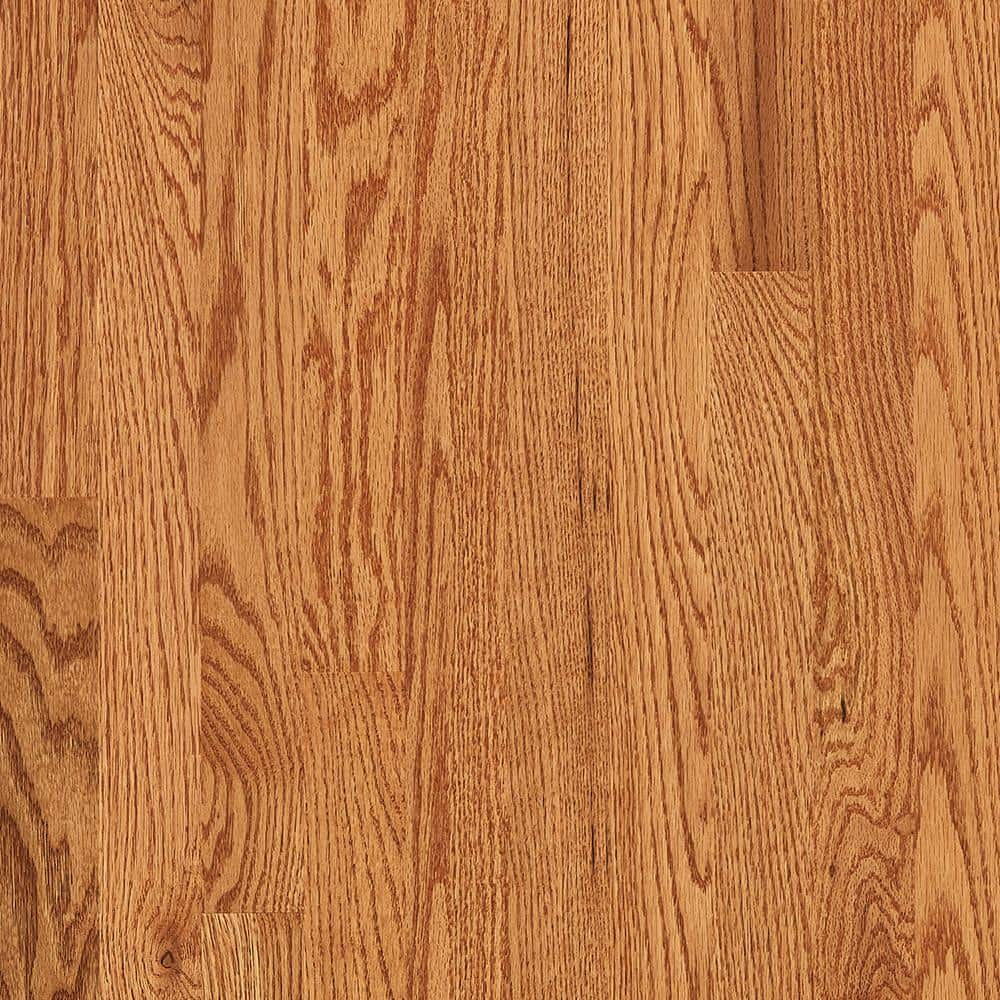
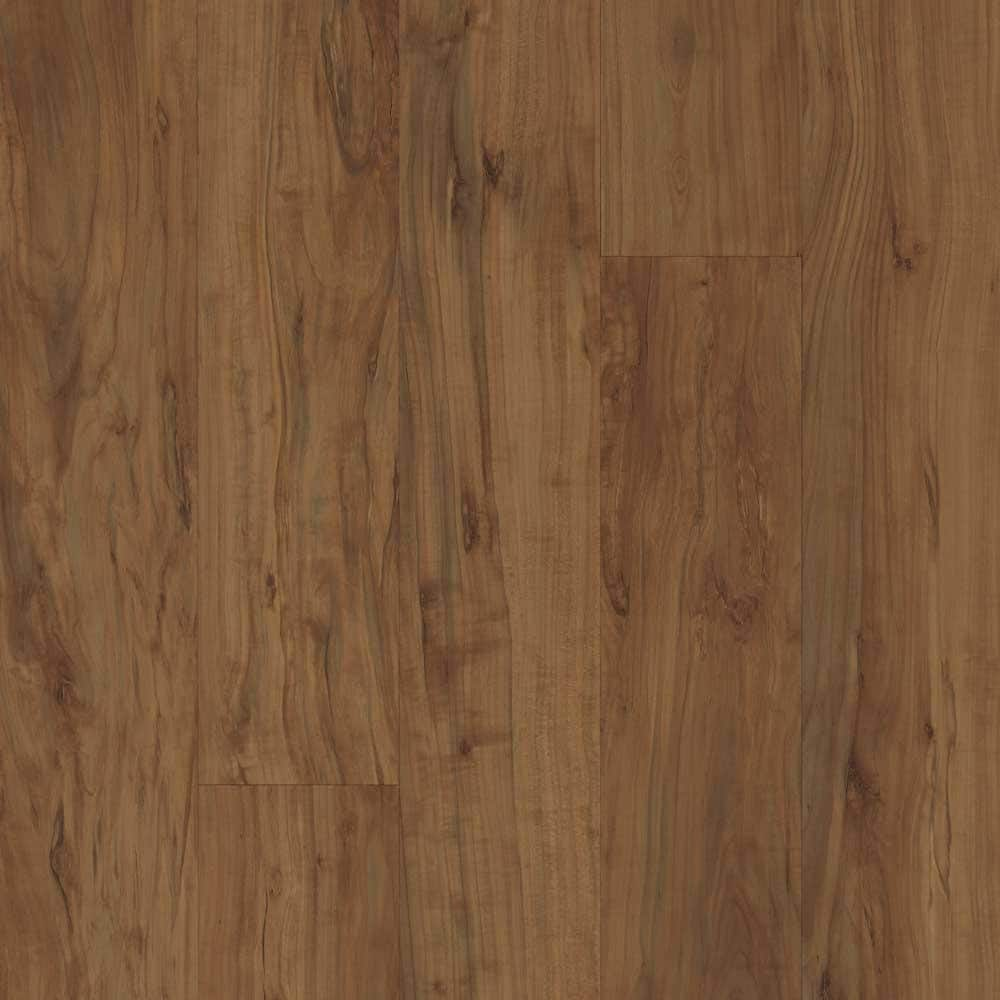
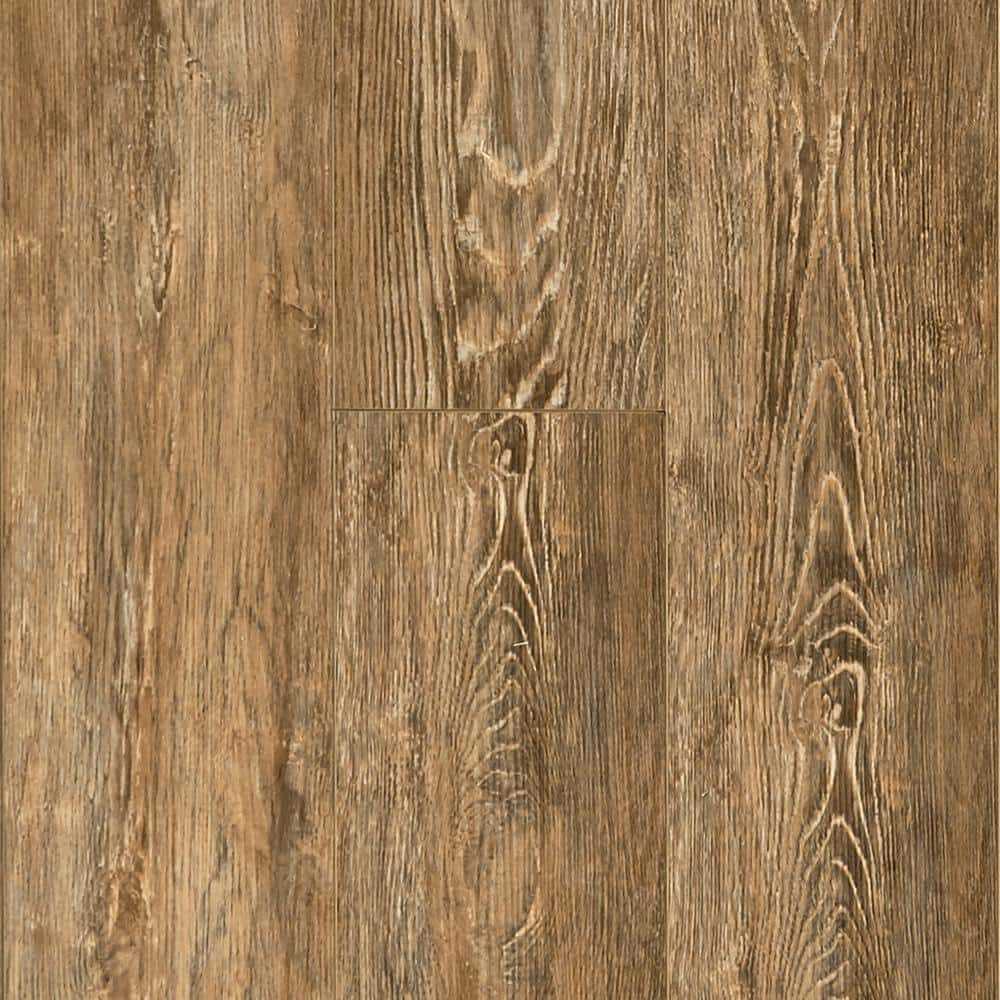
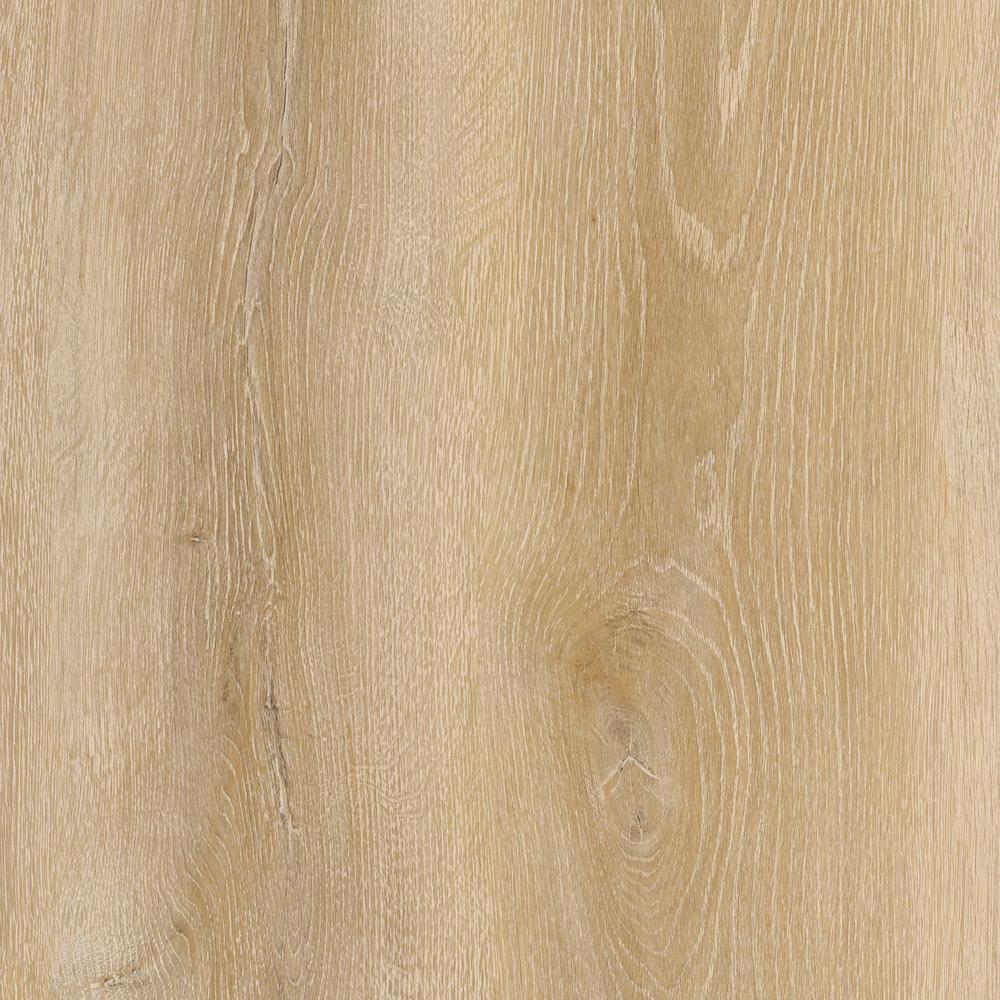
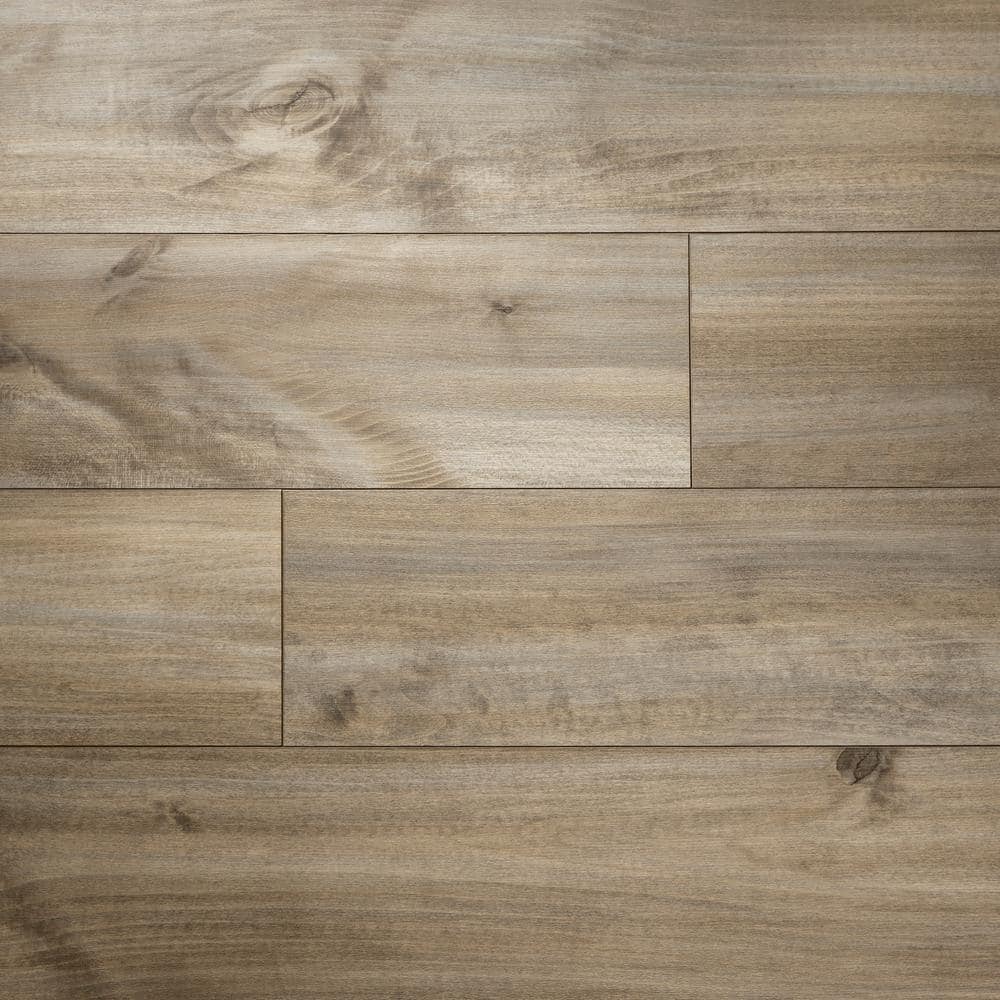
by William
Good quality and finish
by Reen
We used these to patch into our existing wood floors and they look amazing without having to go through the process of staining and sealing the floors. Highly recommend!
by Greg
Good quality per installer, looks great.
by Roger
This floor looks great in my kids room.
by John
High quality and looks great!